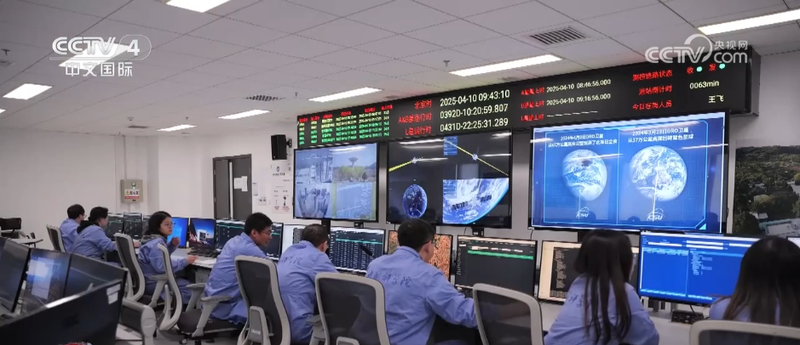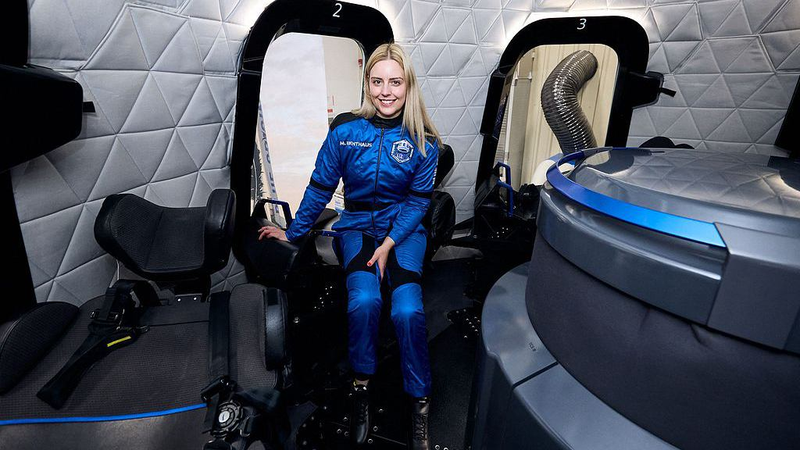On April 15 in Beijing, a historic milestone in space exploration was unveiled during the Earth-Moon Space DRO Exploration Research Academic Symposium. Under the auspices of the Chinese Academy of Sciences’ A-class strategic pioneer project on Earth-Moon Space DRO Exploration, Chinese scientists have successfully deployed three satellites that now form the world's first three-satellite constellation in the Earth-Moon region.
Launched a year ago, the mission positioned one satellite into a sun-synchronous orbit at approximately 500 kilometers from Earth. Although an initial launch anomaly left the other two satellites at only half their intended altitude—reaching an apogee of 134,000 kilometers—a rapid, skillful rescue operation corrected the course, despite some damage to their sail panels. The satellites were then maneuvered into the distant retrograde orbit (DRO), a region defined by its unique gravitational balance between Earth and Moon.
The DRO offers three key advantages: a low-energy entry that uses only a fifth of the conventional fuel, the potential for satellite operations lasting up to a century due to long-term stability, and enhanced maneuverability for efficient transfers to adjacent regions or lunar surfaces. Research fellow Wang Wenbin emphasized that the mission also marks the international debut of satellite-to-satellite tracking, effectively converting a traditional ground station approach into a low Earth orbit tracking method.
This breakthrough not only reinforces the Chinese mainland's strategic edge in space exploration but also paves the way for future deep space journeys. The achievement inspires a new generation of global innovators, thought leaders, tech enthusiasts, and digital nomads eager to explore the frontiers of space and technology.
Reference(s):
China Pioneers Earth-Moon Exploration with First Three-Satellite Constellation
cctv.com




